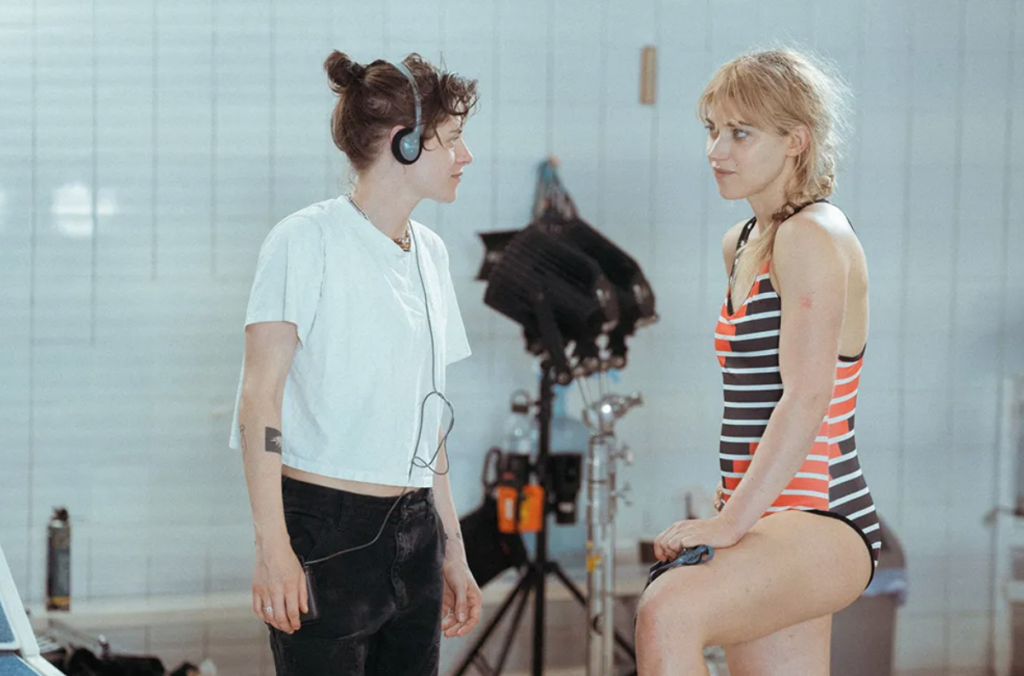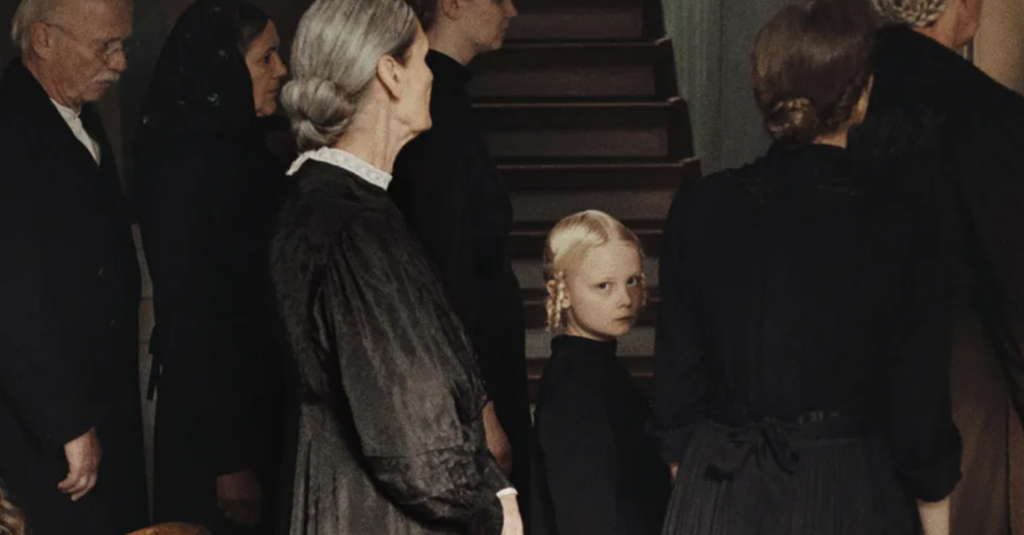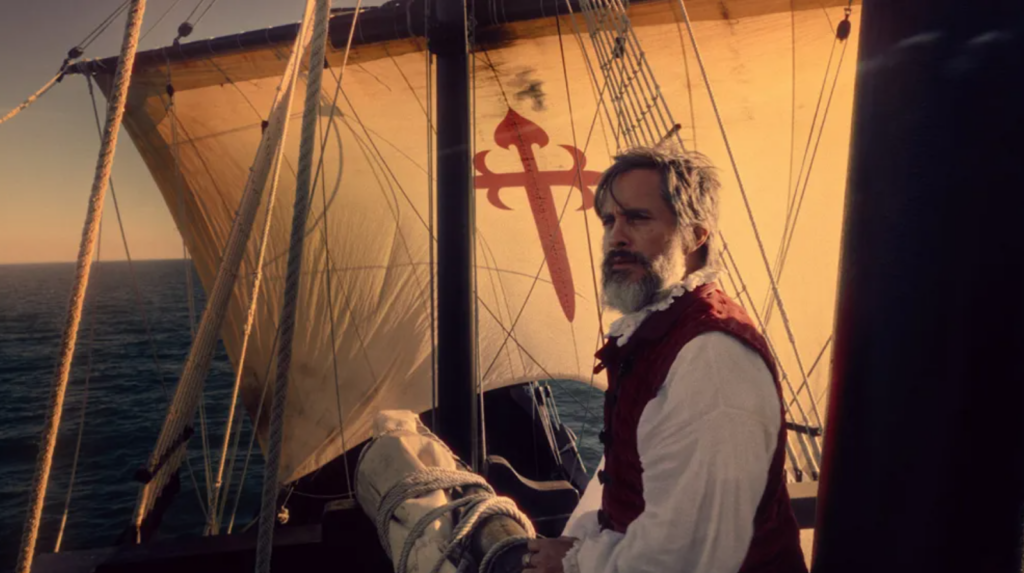When Rain Meets Rivers of Cinema
No red carpet in Valladolid on the highlight day of the 70th edition of Seminci, due to bad weather. Yet the city had rolled out its carpets for nine days across every corner of the historic center—a network of blue carpets that looked like river arteries in a city that knows how and when to dress up for a celebration. After all, the unofficial capital of the autonomous community of Castile and León does have its own river: the Pisuerga, a tributary of the Duero that cuts the city in two. All the festival’s venues and rituals are located on Valladolid’s “rive gauche”. It rained heavily in the city during those days—water everywhere, even inside the screening rooms, at least symbolically. From a thematic perspective, the aquatic element carved out a prominent role in the Official Section, which featured 24 films in competition, including six Spanish co-productions. A significant number, reflecting the bet—ultimately won—by festival director José Luis Cienfuegos and Javier H. Estrada, head of programming at Seminci: to promote homegrown cinema in the heart of autumn without having to give up some of the most interesting international releases of recent months.

The Chronology of Water (2025), directed by Kristen Stewart, delivers everything one could ask from a debut feature. Adapted from the memoirs of fellow American writer Lidia Yuknavitch, the film stars British actress Imogen Poots in a sensual, uninhibited performance. Stewart lets water flow through the entire story—from shattered dreams of becoming a professional swimmer to the joy of swimming with her child—closing the circle around a frenetic, imperfect, do-or-die adaptation that leaves a subtle yet intense watermark on the viewer. A film that seems to unleash all the potential Stewart hinted at in her short Come Swim (2017), where that slow-motion wave opening the film, almost abstract in texture, finally crashes freely onto the audience in The Chronology of Water.
Water also appears in the finale of Below the Clouds (Sotto le nuvole, 2025) a black-and-white, multi-plot documentary exploring past and present lives of communities that have spent millennia learning (or failing) to coexist with Mount Vesuvius. In the epilogue of Gianfranco Rosi’s film—a captivating fish out of water among the competition titles—the ruins still submerged in the sea feel like the trailer for another film on the city of Naples yet to surface.

While Mascha Schilinski’s Sound of Falling (In die Sonne schauen, 2025) is not about a lake or river, the waterway near a farmhouse in Germany’s Altmark region helps weave together the stories of four girls across different decades. Alma, Erika, Angelika, and Lenka each spend their youth on the same property by the same river, reinforcing the unity of place. Here, water—appearing again in the finale—acts as a fluid bridge between eras, easing transitions and returns across time.

In When a River Becomes the Sea (Quan un riu esdevé el mar, 2025) by Pere Vilà, and Lav Diaz’s monumental yet epic-less Magellan (Magalhães, 2025)—which casts Gael García Bernal as the titular explorer—water shapes two opposing narrative movements. In Vilà’s film, the passage from land to water, symbolized by the river mouth in the finale, marks a new awareness for Gaia (Claud Hernández), an archaeology student and survivor of sexual violence. She seems finally ready to overcome her trauma and sail into the future with renewed confidence. In Diaz’s anti-epic biopic of Ferdinand Magellan, water is the starting point of a voyage of discovery that ends badly: the Portuguese explorer never returns to Europe after crossing the Pacific, dying on land during a battle on Mactan Island. One wonders at which festival the nine-hour director’s cut—delving deeper into Magellan’s life—will be screened. In Valladolid, even when it rains, it doesn’t just pour—it floods with enticing pieces of cinema. Navigating the films in competition at Seminci has been for seven decades a stimulating experience for industry professionals and audiences alike.
By Giuseppe Sedia
Edited by Birgit Beumers
©FIPRESCI 2025
